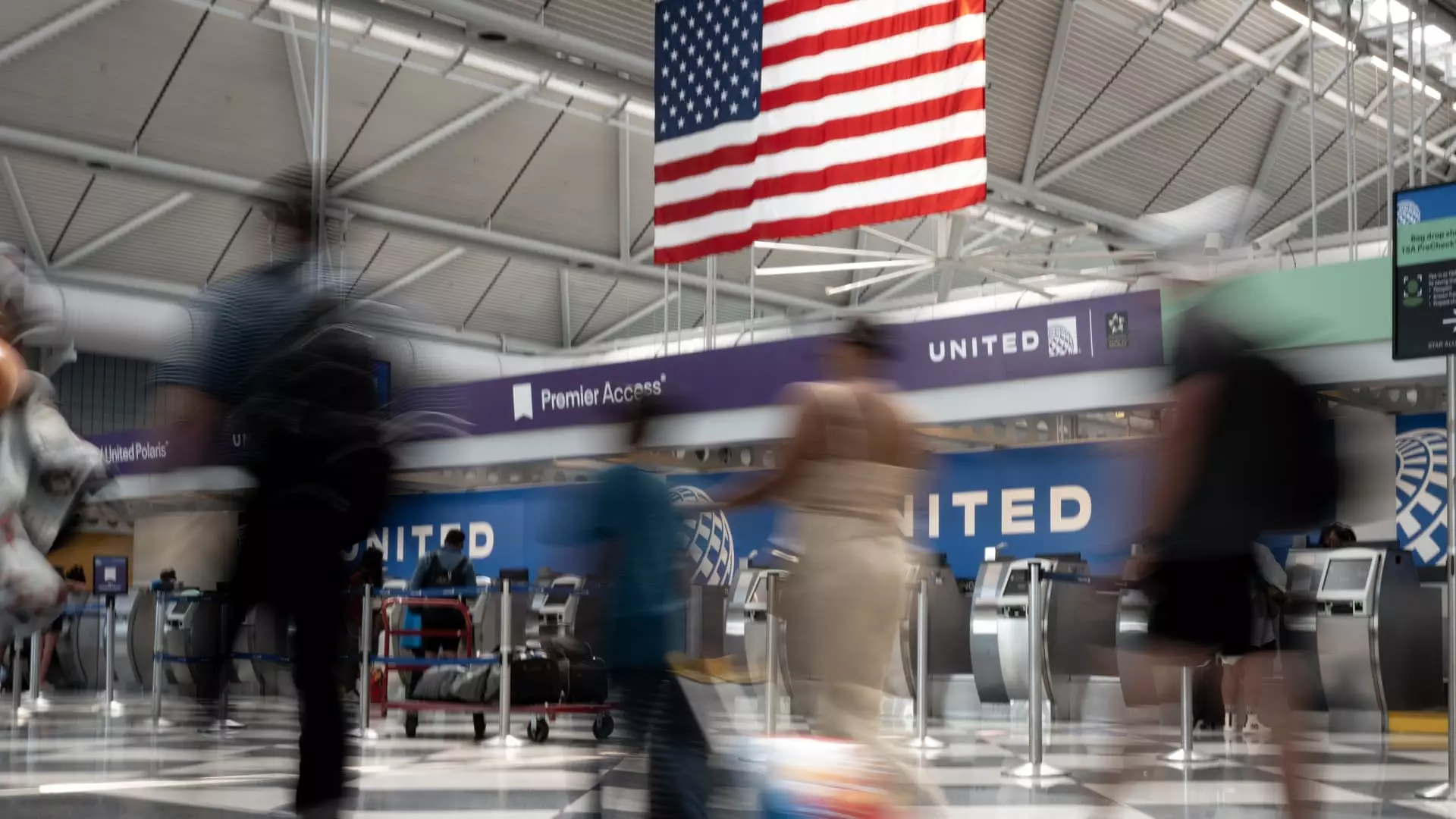The current state of the U.S. airline industry is characterized by record demand for air travel, but this demand is not translating into record profits for airlines. Despite the forecast for increased demand and revenue, airlines are facing challenges that are impacting their bottom lines. Higher labor and other costs have eaten into profits, forcing carriers to adapt to slower demand growth by slowing or halting hiring compared to the hiring sprees seen post-pandemic. Additionally, delays in the delivery of new, more fuel-efficient aircraft from manufacturers like Airbus and Boeing, along with the grounding of dozens of jets due to a Pratt & Whitney engine recall, have further complicated the situation.
The expansion of capacity in the airline industry, with carriers flying about 6% more seats in July compared to the previous year, has kept airfare in check, but it has not resulted in improved stock performance. The NYSE Arca Airline Index, which tracks mostly U.S. airlines, is down almost 19% this year, while the broader market, represented by the S&P 500, has advanced more than 16%. This disparity highlights the challenges that airlines are facing in maximizing profitability despite increased demand.
The outlook for the third quarter remains uncertain, with headwinds such as potentially weaker spending from coach-class clientele, the impact of the Paris Olympics on European bookings, and potential changes in corporate travel demand clouding the picture. Analysts are struggling to predict what the upcoming months will look like for airlines, with factors like late-spring and early-summer travel choices raising questions about late-summer demand. This uncertainty makes it challenging for investors to gauge the performance of airlines moving forward.
Delta Air Lines, considered one of the best-performing airlines, has been able to maintain profitability thanks to its successful marketing of premium seats and its lucrative deal with American Express. Other airlines like United and Alaska are also seen as top picks due to their lower earnings risk and better free cash flow. However, despite the relative success of these airlines, the industry as a whole is struggling, with most carriers posting negative stock performance this year.
Airlines are being forced to adapt to changing market conditions and passenger preferences. Carriers like Southwest Airlines are facing pressure to overhaul their business models to compete with larger rivals that are experiencing growth in premium cabins. This pressure has led airlines to reevaluate their strategies, cut unprofitable flights, and focus on revenue initiatives that cater to evolving customer needs. Low-cost carriers like JetBlue and Frontier are also making changes, such as eliminating fees and introducing bundled fare options to remain competitive in the market.
Some airlines, particularly those facing financial difficulties, are looking for ways to navigate the challenging landscape of the airline industry. Spirit Airlines, for example, is struggling with a court ruling that blocked a potential acquisition and is dealing with the grounding of aircraft due to engine issues. The airline has warned pilots of potential furloughs and is facing significant debt obligations in the coming years. These challenges underscore the financial pressures that airlines are under and the need for strategic planning to ensure long-term sustainability.
The U.S. airline industry is facing a complex set of challenges that are impacting profitability despite record demand for air travel. Airlines must navigate issues related to costs, capacity, changing market conditions, and competition to ensure financial stability and long-term success. The industry’s ability to adapt to these challenges will determine its resilience in the face of uncertainty and its capacity for growth in the future.


Leave a Reply